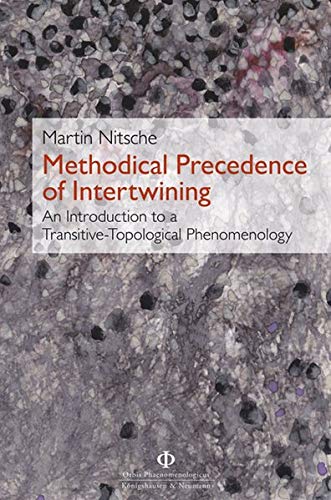|
The book Methodological precedence of intertwining aims to introduce a new model of phenomenological philosophy, the so-called transitive-topological phenomenology. To introduce the new model, it goes back to the foundations of phenomenology within Husserl’s early work, mainly to the Logical Investigations and other texts from the first decade of the twentieth century. The main title, Methodical Precedence of Intertwining, reveals a Merleau-Pontyian inspiration, however. The precedence of intertwining is taken mainly as a methodical lead; it guides, in accord with Husserl, to prefer relations to parts. This preference is completed by a methodical focus on the transitivity of human experience, which is seen as the principal phenomenological topic. But the nucleus of the transitive-topological approach in phenomenology is not formed by merely emphasizing the transitivity of human consciousness. The book claims that the phenomenological method apprehends the transitivity as a passage through a transitional area. The transitive-topological phenomenology turns, therefore, attention from shifts of transitive movements to the areas of transition. In this way, the localization and re-localization of experience within these transitional areas are the main topics addressed by this study. |
|
